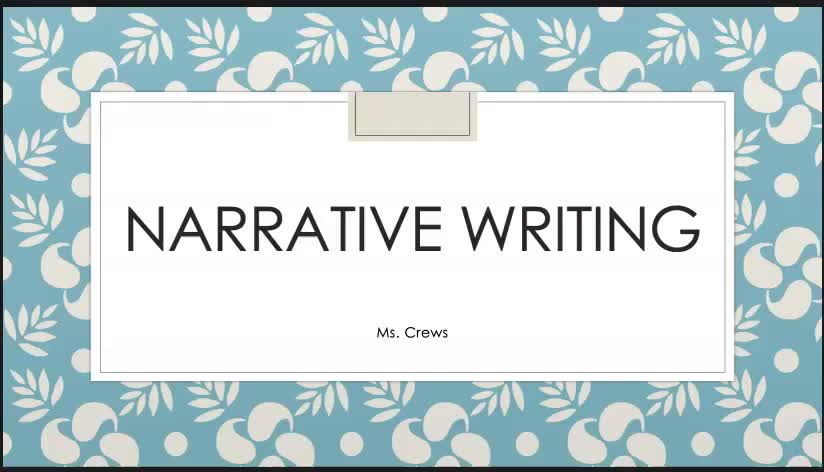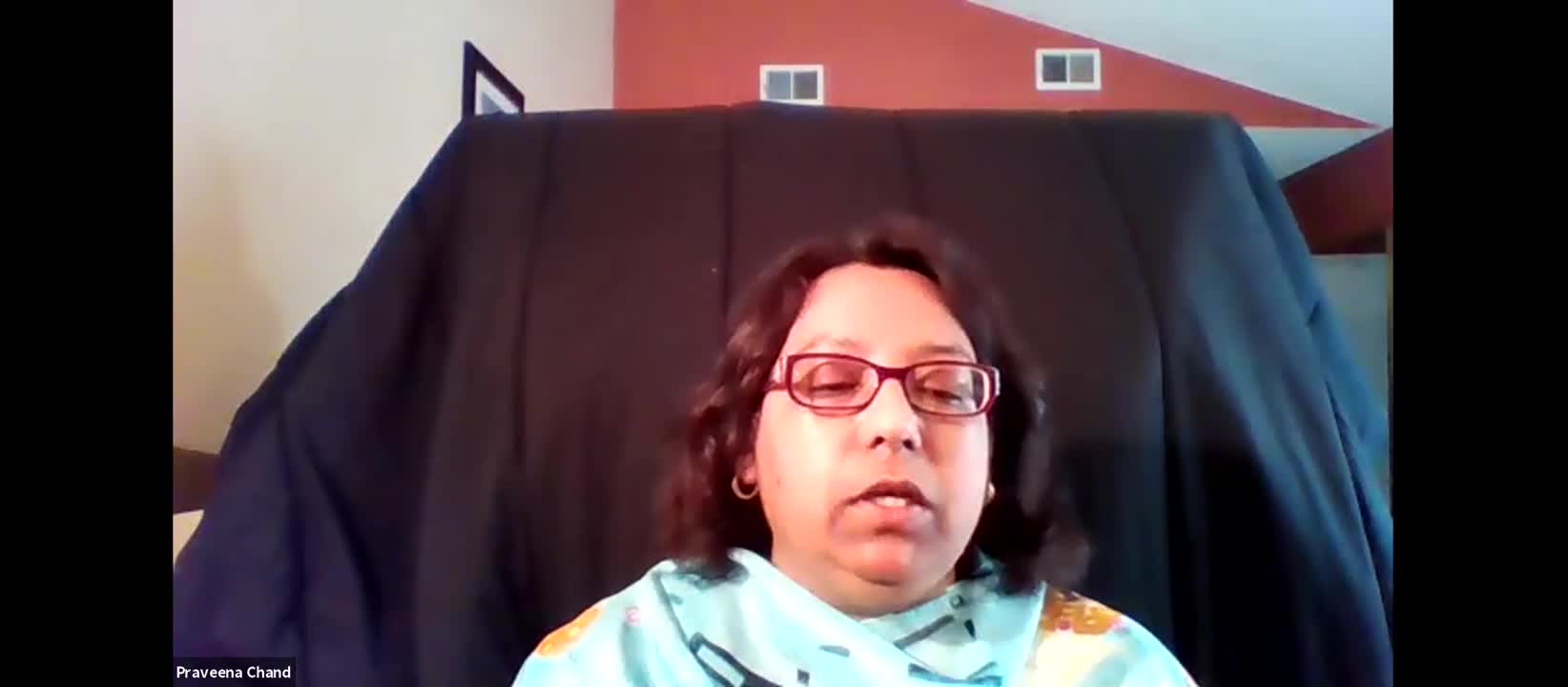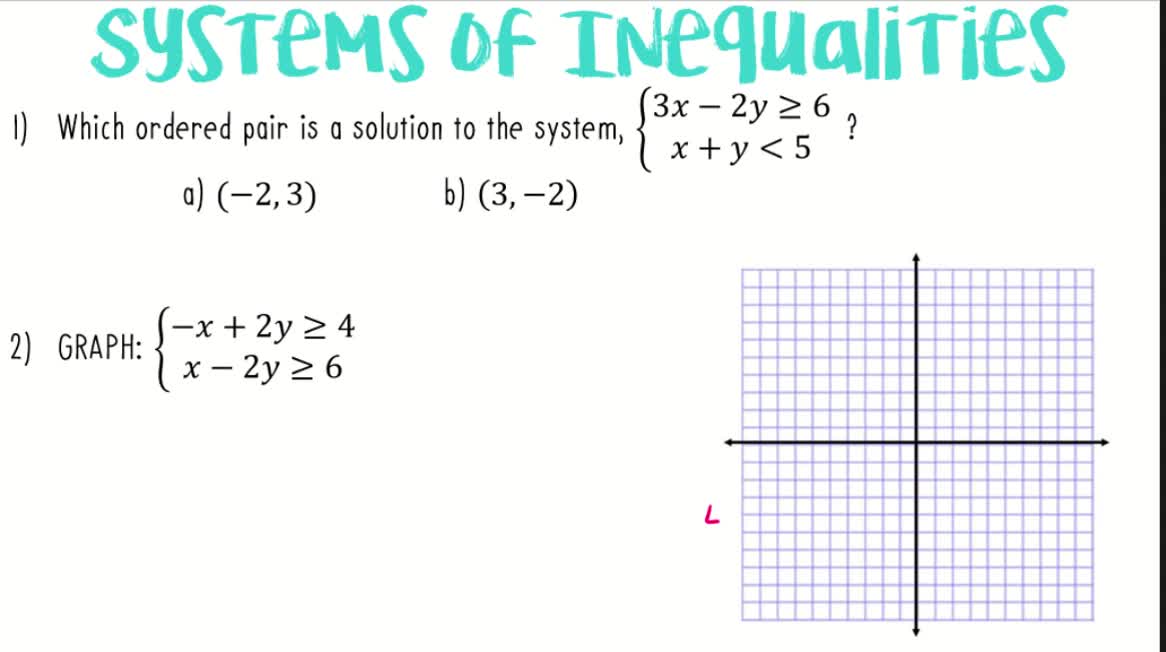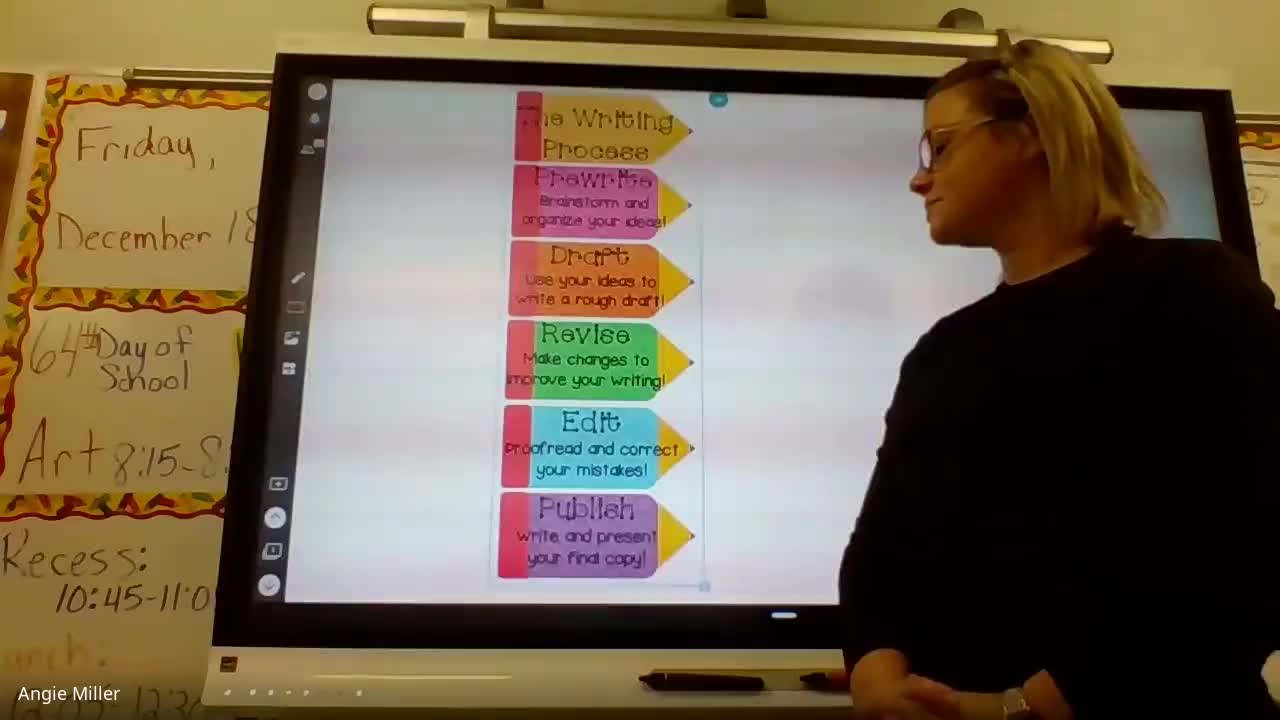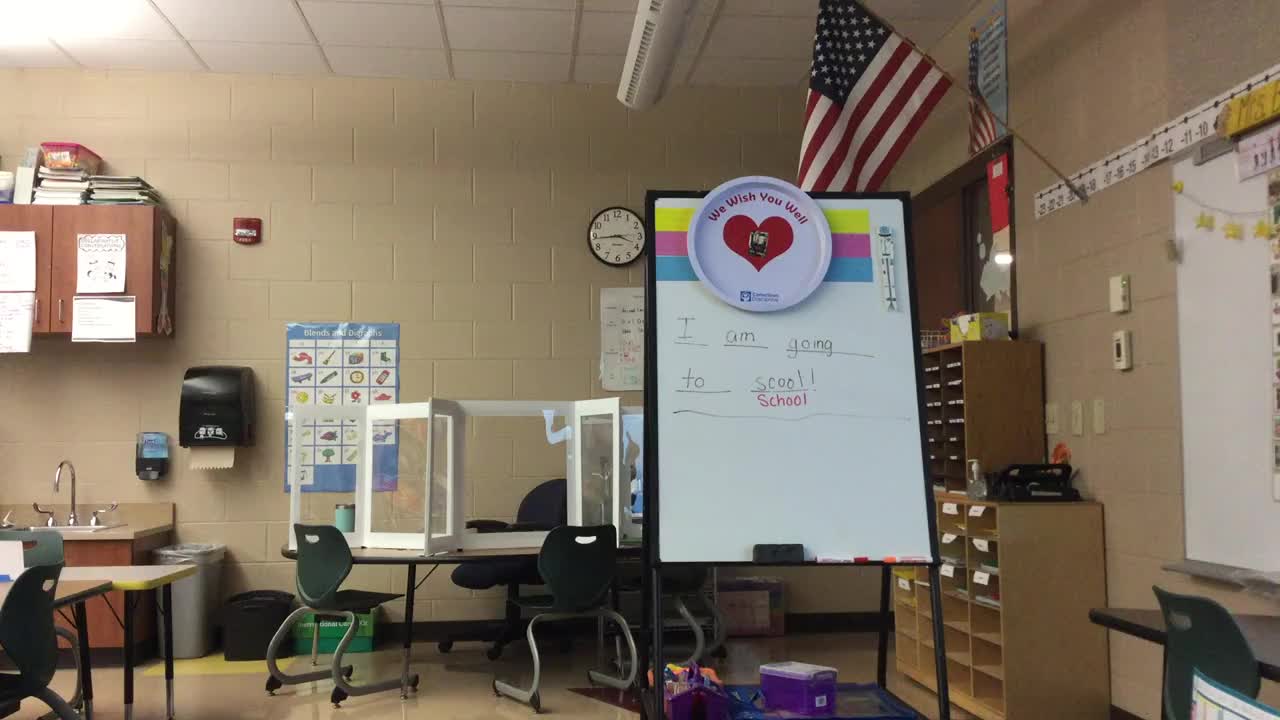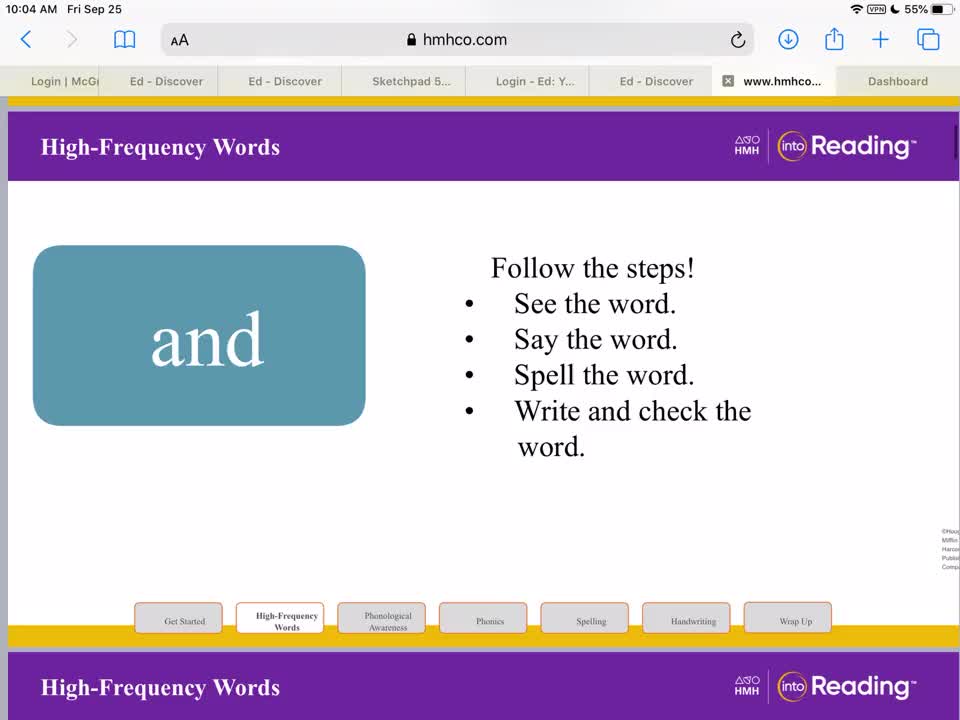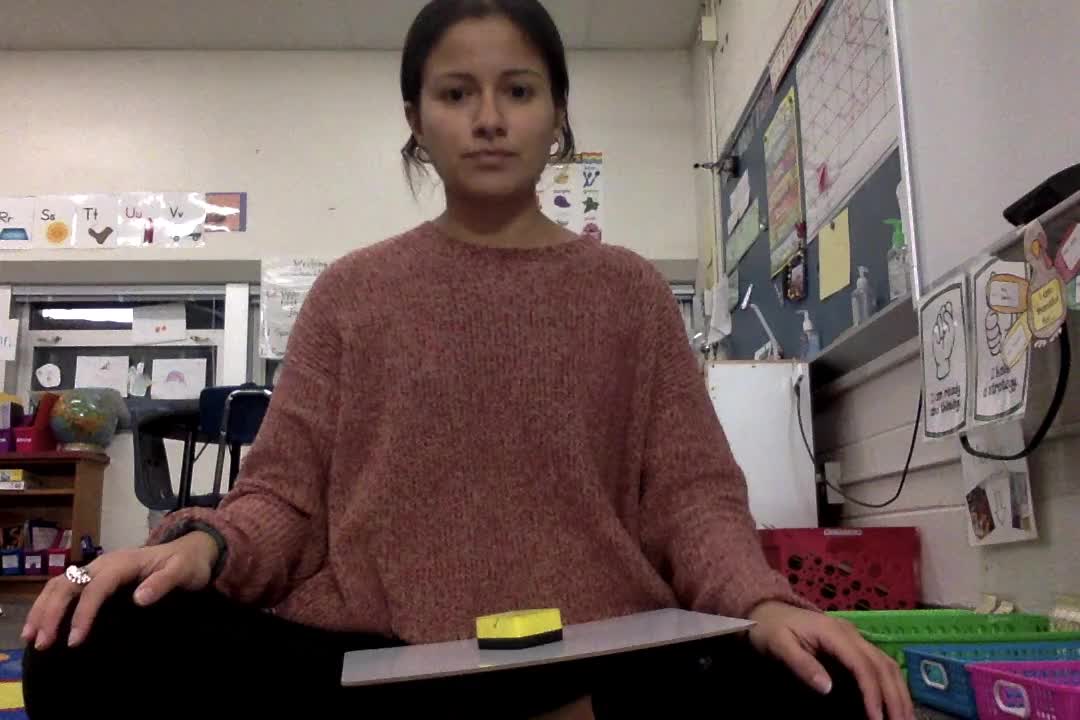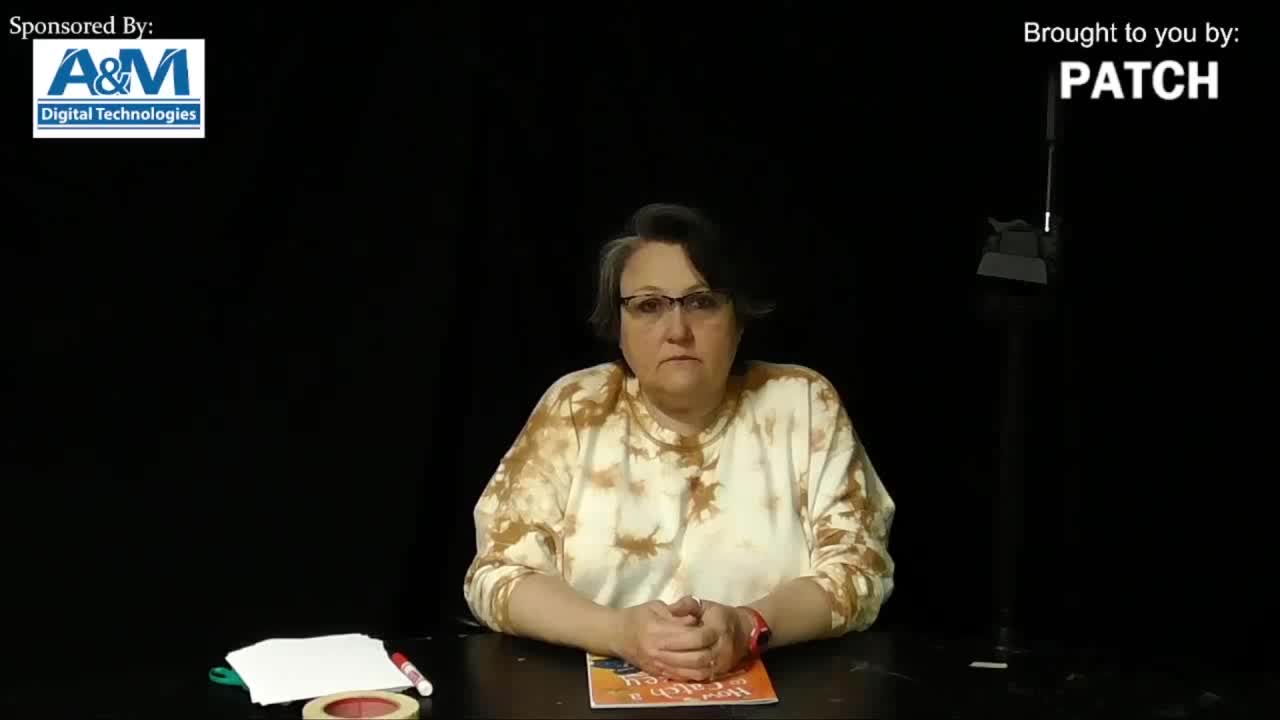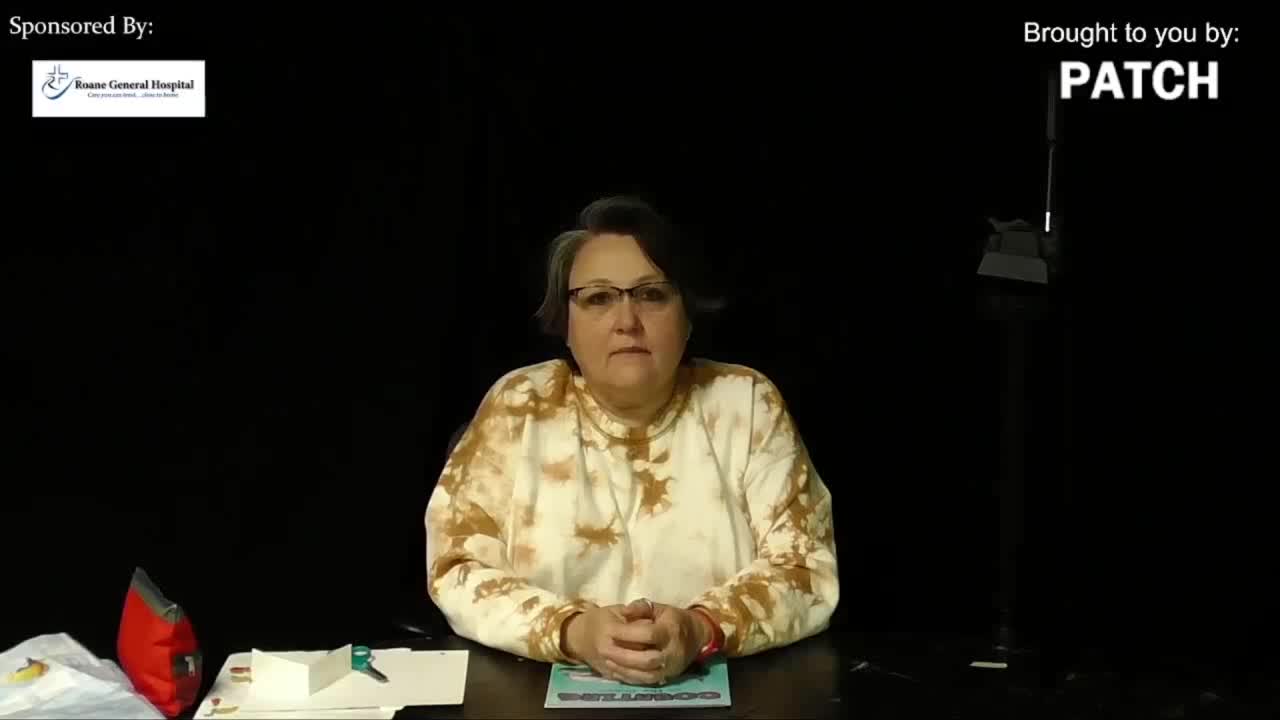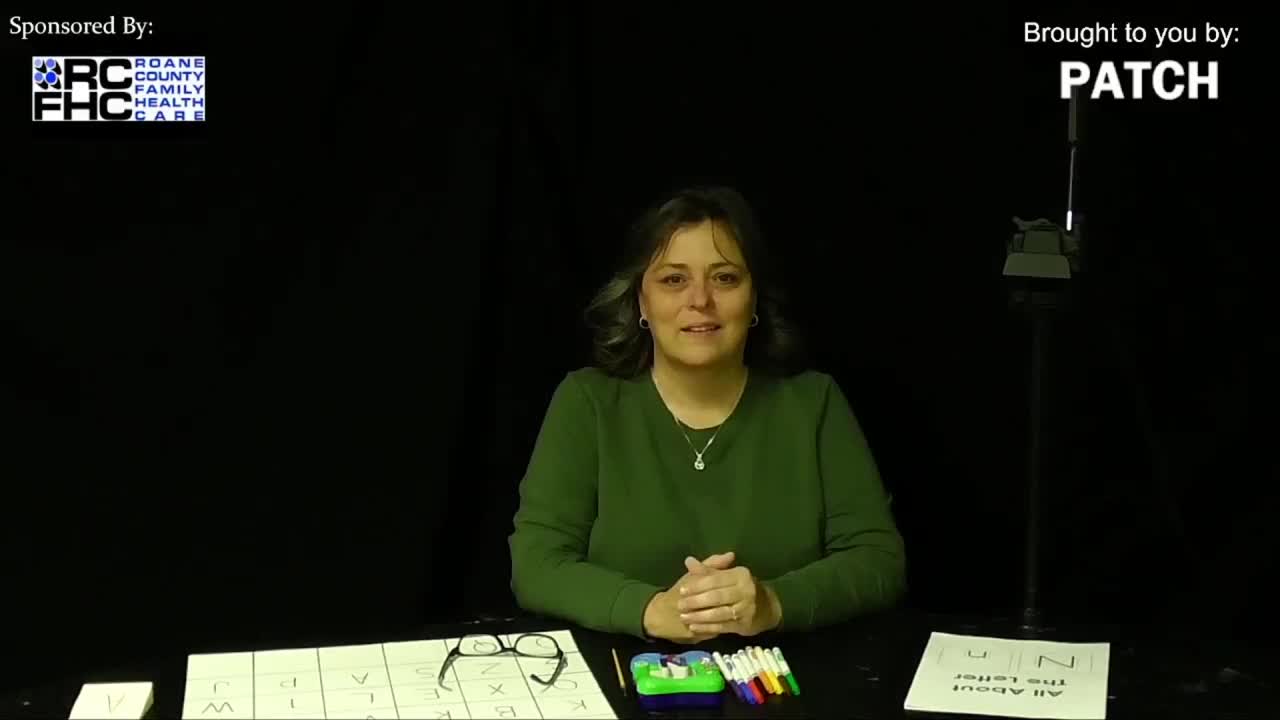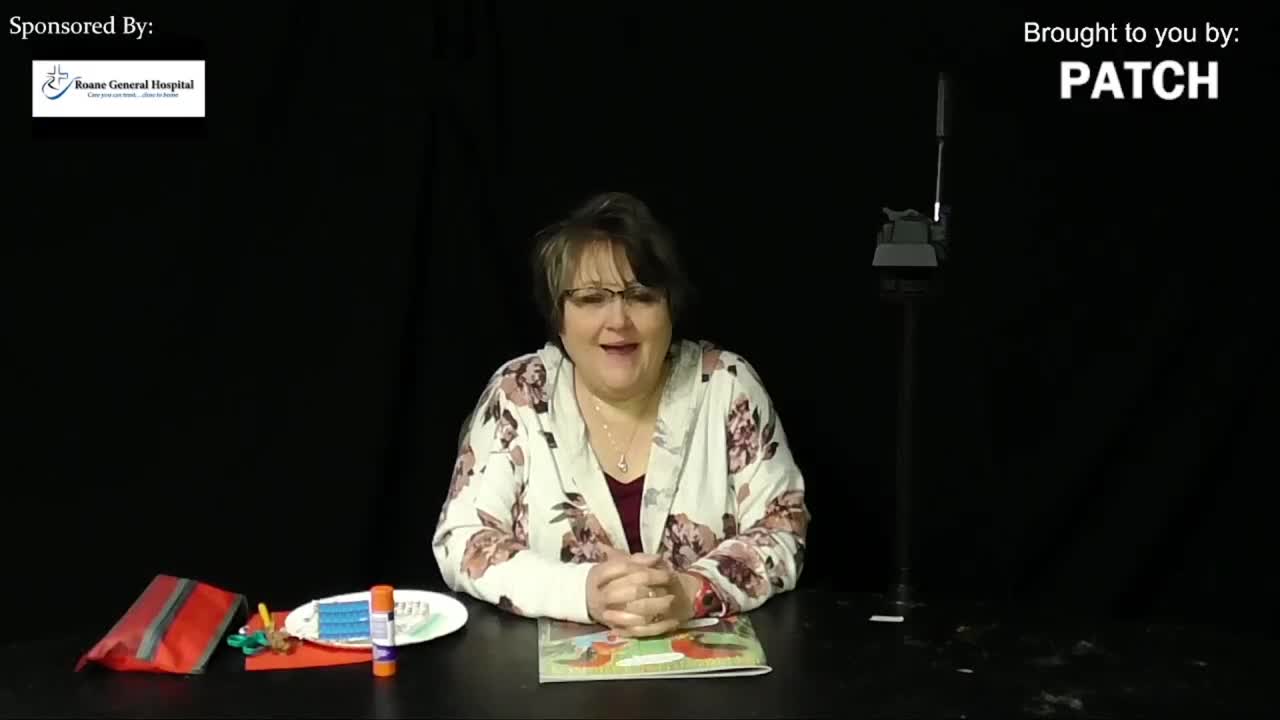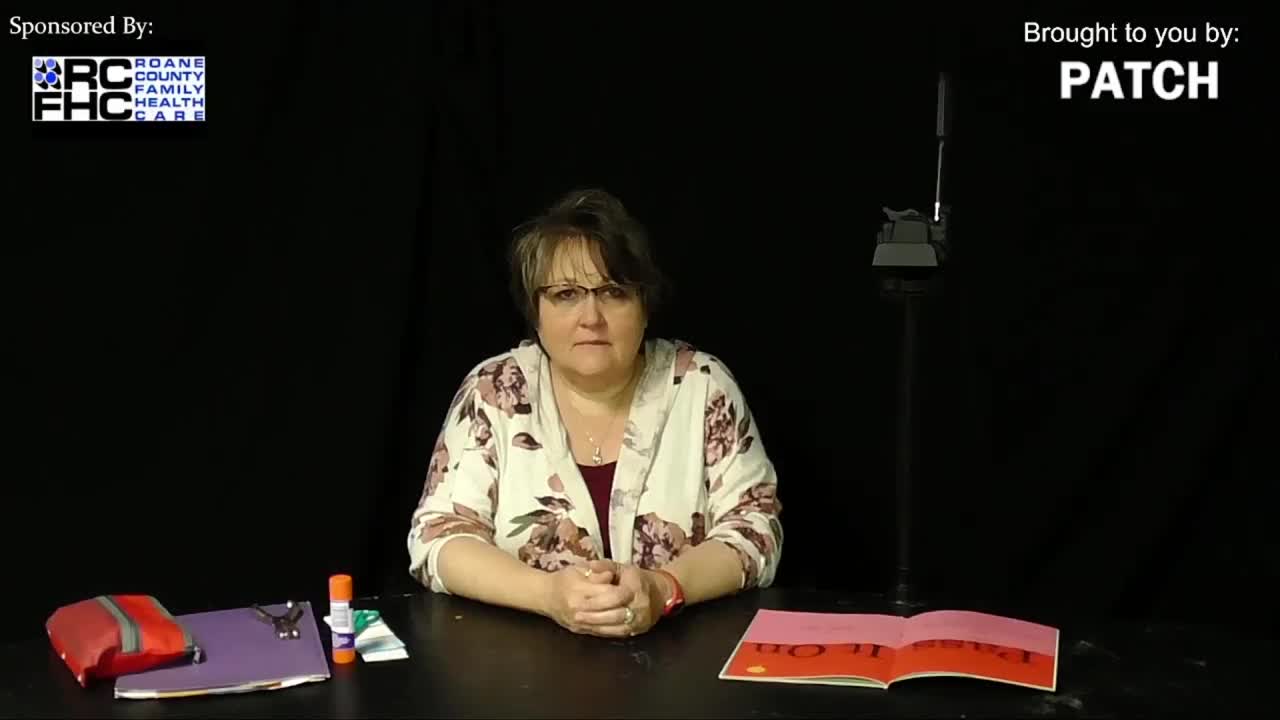Standard Form: Writing Single Number in Standard Form
Elementary / Language Arts / Writing
This video demonstrates writing single number in standard form.
Hi! So right now we want to learn about writing single number in standard form. Do you know that any number can actually be written in standard form. How? Two very simple steps. First, you look at the number written in full and put the decimal point straight after the first non-zero digit. Step number two, you count how many steps, or how many times you need to move it back to where it was. And that count of steps will give you the power of ten.
Now, let us look at some examples. First example, ten. How do we write ten as standard form? First we analyze where the original decimal point is. For ten the original decimal point is actually after the zero here. And then we put the new decimal point right after the first number that is not zero. We check from left to right. So one here is not zero so we put a new decimal point here. And then we count how many times we need to move to get back to the original point. Moving to the right one time. Moving to the right indicates positive and moving to the left indicates negative. So were moving to the right once, which means positive one. So ten is equal to one times ten raised to the power of positive one.
Now let?s look at the next example, five hundred. The original decimal point is right here. Then now where do we put the new decimal point? At the first non-zero digit. Now is five zero. Surely it is not, so we put a new decimal point right after it. Then we count how many times to get back to the original decimal point. One, two. Two times to the right indicates positive two. Therefore five-hundred can be written as five times ten to the power of positive two. Easy right?
Now, four thousand and seven hundred. Original decimal point? Right here. New decimal point? Checking from the left to right. First non-zero digit. Four is not zero, so I will put the new decimal point right there. Then we move it back one, two, three. Three times to the right. Positive three. Therefore, it is equal to four, new decimal point, point seven times ten to the power of three. We can actually omit the zero after this.
And then how about for zero point nine zero. It?s the same. Alright. So the original decimal point is given to us. Right here. So now we want to locate the new decimal point. First non-zero digit. Always remember this. So let?s check. Is this zero? Yes, it is. Is nine zero? No it is not. So put a decimal point right here and then move it back one time to the left indicates negative. So we have nine times ten to the power of negative one.
And then let?s try another one. Zero point zero seven. Original decimal point is here. New decimal point right here. Move it back two times to the left means negative two so we have seven times ten raised to the power of negative two.
Now one last example for you. Zero point zero-zero-two-five-seven is also equal two? Original decimal point is here. New decimal point. This is zero, zero, not a zero. Therefore, new decimal point right here. Move it back one, two, three. Three times to the left indicates negative three. Therefore, we have two point five seven times ten raised to the power of negative three. Is it correct? Let me see. One, two, three. Yeah, it is. Alright.
Now, let us look at some examples. First example, ten. How do we write ten as standard form? First we analyze where the original decimal point is. For ten the original decimal point is actually after the zero here. And then we put the new decimal point right after the first number that is not zero. We check from left to right. So one here is not zero so we put a new decimal point here. And then we count how many times we need to move to get back to the original point. Moving to the right one time. Moving to the right indicates positive and moving to the left indicates negative. So were moving to the right once, which means positive one. So ten is equal to one times ten raised to the power of positive one.
Now let?s look at the next example, five hundred. The original decimal point is right here. Then now where do we put the new decimal point? At the first non-zero digit. Now is five zero. Surely it is not, so we put a new decimal point right after it. Then we count how many times to get back to the original decimal point. One, two. Two times to the right indicates positive two. Therefore five-hundred can be written as five times ten to the power of positive two. Easy right?
Now, four thousand and seven hundred. Original decimal point? Right here. New decimal point? Checking from the left to right. First non-zero digit. Four is not zero, so I will put the new decimal point right there. Then we move it back one, two, three. Three times to the right. Positive three. Therefore, it is equal to four, new decimal point, point seven times ten to the power of three. We can actually omit the zero after this.
And then how about for zero point nine zero. It?s the same. Alright. So the original decimal point is given to us. Right here. So now we want to locate the new decimal point. First non-zero digit. Always remember this. So let?s check. Is this zero? Yes, it is. Is nine zero? No it is not. So put a decimal point right here and then move it back one time to the left indicates negative. So we have nine times ten to the power of negative one.
And then let?s try another one. Zero point zero seven. Original decimal point is here. New decimal point right here. Move it back two times to the left means negative two so we have seven times ten raised to the power of negative two.
Now one last example for you. Zero point zero-zero-two-five-seven is also equal two? Original decimal point is here. New decimal point. This is zero, zero, not a zero. Therefore, new decimal point right here. Move it back one, two, three. Three times to the left indicates negative three. Therefore, we have two point five seven times ten raised to the power of negative three. Is it correct? Let me see. One, two, three. Yeah, it is. Alright.


